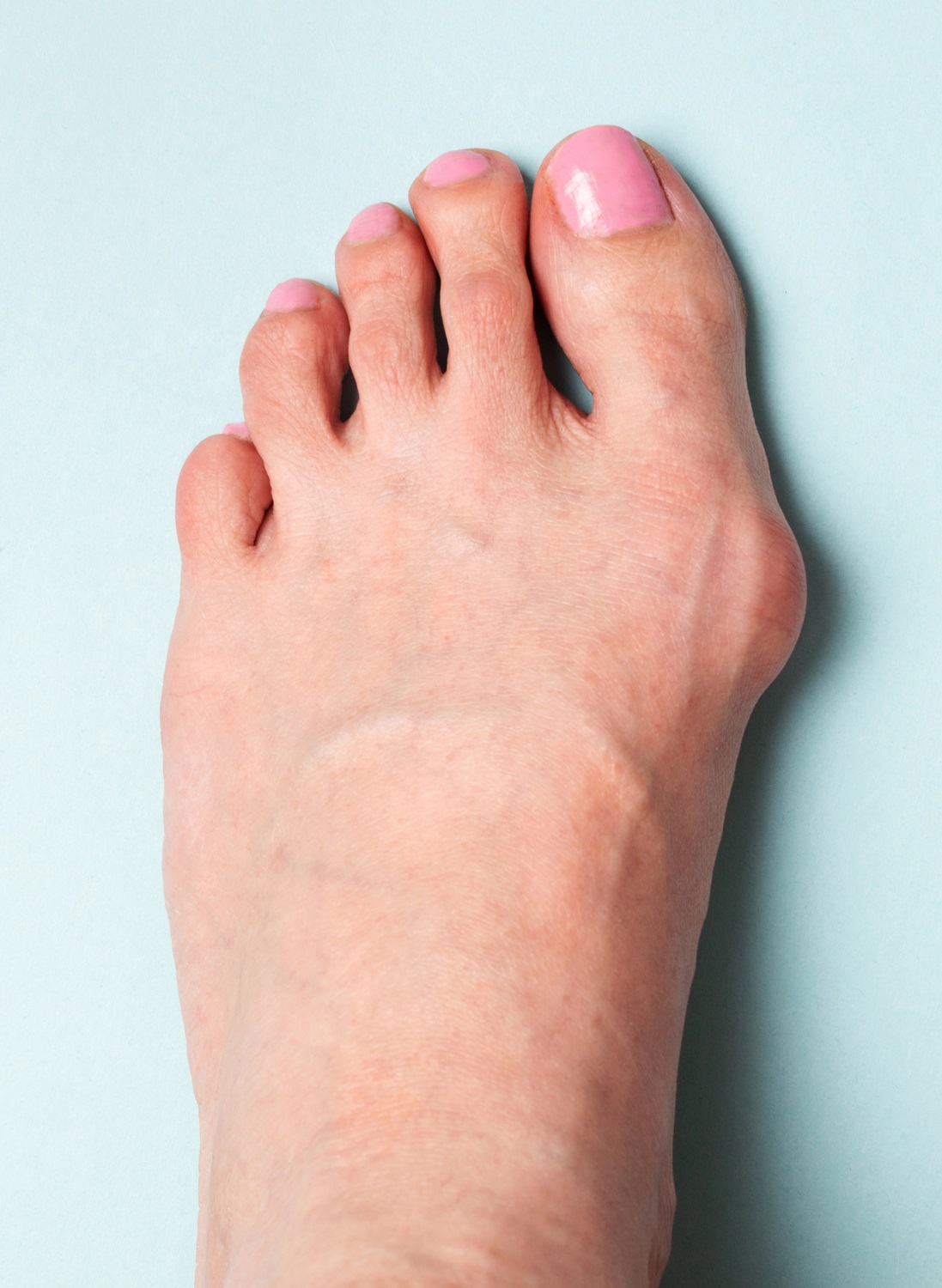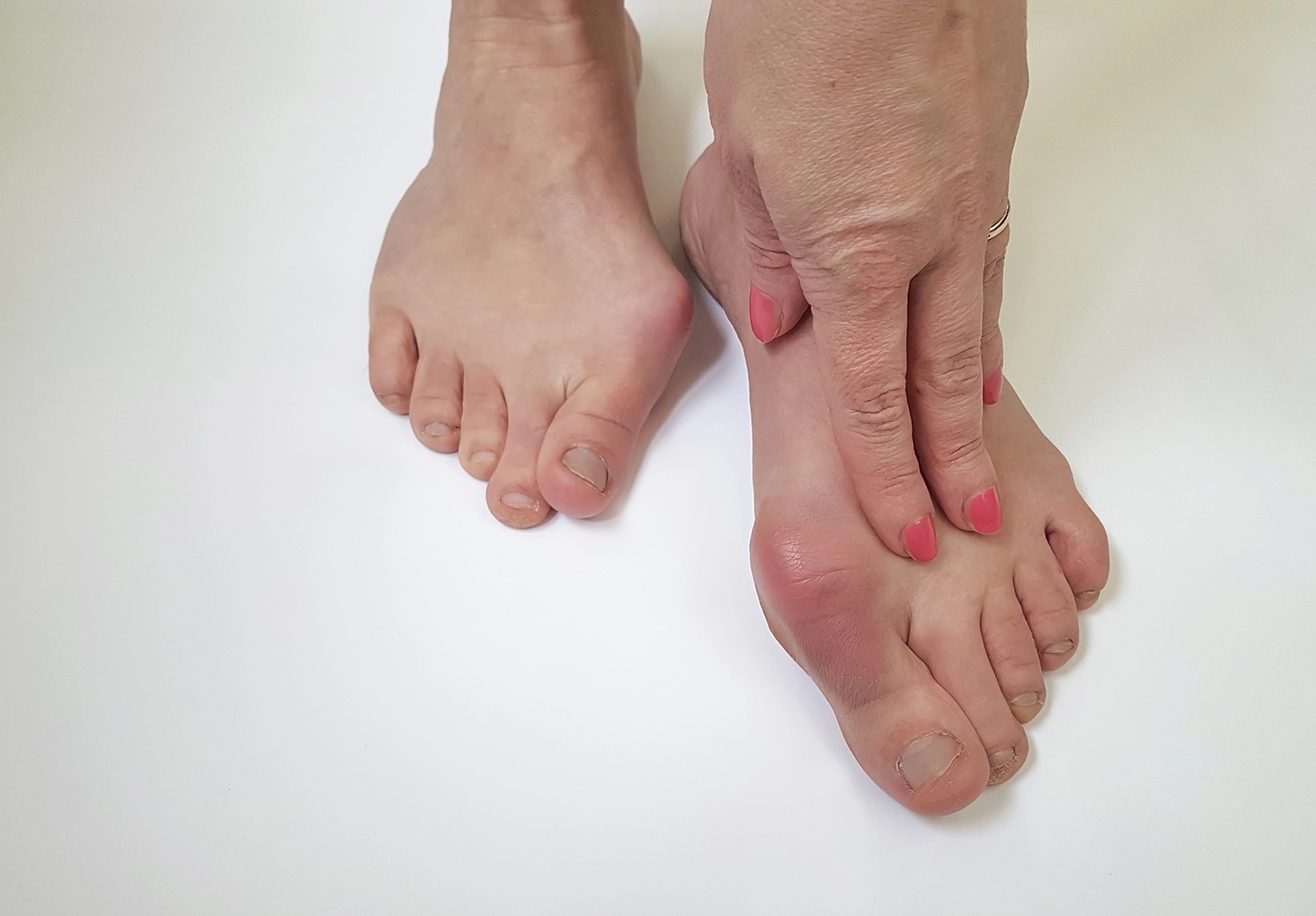Comparison Table
| Feature | Minimally Invasive Surgery | Open Surgery |
|---|---|---|
| Incision Size | Small (2-3 mm) | Larger |
| Scarring | Minimal | More noticeable |
| Recovery Time | Shorter | Longer |
| Postoperative Pain | Generally less | Generally more |
| Suitability | Mild-to-moderate deformities | Mild to severe deformities |
| Surgeon Expertise | Specialized training required | Widely available expertise |
| Cosmetic Outcome | Better | Moderate |

Factors to Consider When Choosing
Severity of the Deformity:
- Minimally invasive surgery is best for mild-to-moderate bunions.
- Severe deformities usually require open surgery.
Surgeon’s Expertise:
- Not all surgeons are trained in minimally invasive techniques.
Patient’s Goals:
- A patient seeking minimal scarring may prefer a minimally invasive approach.
Recovery Time:
- Those needing a quicker return to activity may benefit from minimally invasive surgery.
Associated Conditions:
- If additional issues (e.g., arthritis or severe toe instability) need to be addressed, open surgery might be more appropriate.
Recovery Differences
Minimally Invasive:
- Weight-bearing may begin sooner, often within a few days or weeks.
- Physical therapy typically starts earlier.
Open Surgery:
- Weight-bearing is delayed, often requiring crutches or a boot for 6-8 weeks.
- Swelling and stiffness may last longer.
